
|
| Accept Cookies | Customize | Refuse Cookies |
Lucenton www.juzaphoto.com/p/Lucenton  |
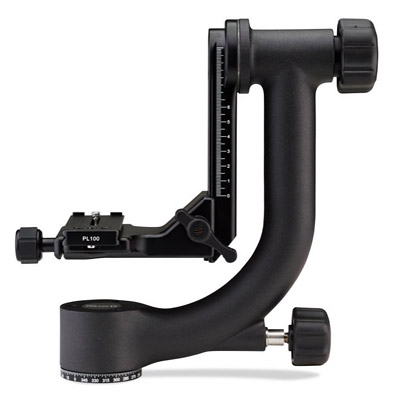 | Benro GH2 Pros: Reasonable price for performance. Cons: Uncertain adjustment of the swing arm and lack of progression in the clutch. Opinion: I've had this head for a couple of years used with supertele 400 and then 500mm and body with battery grip. It did its job all in all but I was always bothered by the lack of progression of the clutch, especially of the swing arm and the positioning that was always a bit imprecise. You do the framing and lock the head but you're never sure if it locks exactly where you want it to do. I replaced it with a Wimberley Gimbal Head II and it's a whole different ballgame. Absolute precision and perfect clutch adjustment. All in all, I don't feel like recommending the Benro, although some friends tell me that the new model (GH2N) is much improved. sent on December 10, 2023 |
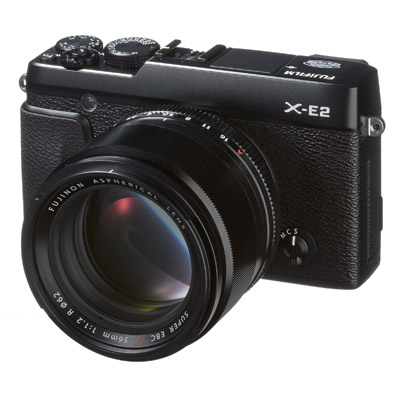 | Fujifilm X-E2 Pros: Small size, fun to use, "film simulation" and possibility to change the lens Cons: The 16.3 Mp sensor, but perhaps it is actually a merit. Price of used that is going through the roof (at least on the US market). Opinion: I also own a Fujifilm X-T2 which was my entry machine into the Fuji world. I wanted to combine the very valid and complete X-T2 with a more compact body to always carry around in my backpack or pocket. I bought about a year and a half ago a used X-100T but in perfect condition, thinking I had found my ideal compact machine. For a while it was, but after the initial infatuation it wasn't true love. Excellent machine, but the impossibility of changing the lens led me to resell it after a few months. Not bad because I resold it for $ 200 more than I had paid. As I said above, second-hand market gone crazy. I decided for a used X-E2, always in excellent condition and I must say that I am very happy so far. It gives the impression of a machine that came out just fine, has everything you need and churns out beautiful rows. For now I use it with a 27mm f/2.8 Fuji and it is really compact. I have other Fujifilm lenses that I plan to try and numerous vintage Pentax SMC lenses that I would like to try in the future. It is surprising that a body launched in 2013 is still so current and exploitable, at least for certain genres. Very positive judgment, hoping that this time it is true love ..... sent on March 02, 2023 |
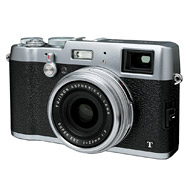 | Fujifilm X100T Pros: Beautiful, compact, versatility, files, operational ease and fixed quality lens. Cons: Battery that lasts very little, external finish a bit 'delicate if you do not protect it properly. All things that are easily made up for. Opinion: I state that I do 90% birdlife, a genre for which I use with satisfaction a Canon EOS R6 with Canon long lenses. I have always been a convinced Canonist, but the decisive turn on the birdlife of recent years, thanks to the transfer to the United States and the restrictions on travel due to COVID, convinced me to try Fujifilm of which I read the praises and for some time intrigued me. I took a used XT-2 a few months ago in perfect condition and it was love at the first shot. I sold all the Canon zooms and fixeds (EF L series and RF) apart from the long canvases of course and I bought some Fuji fixed ones that I think of excellent quality. I therefore made a choice of field, completely separating also from a logical point of view and equipment, the world of travel, reportage and street from the birdlife where the R6 is irreplaceable for me. The first a slow world made of reasoned photos and taken without haste another fact of immediate reactions (or almost in my case ...) to unpredictable behavior of birds. For the first I love the rings, the manual exposure and the tactile sensation of the Fujifilm, while for the second I love the speed and versatility of the autofocus of the R6 and the "birds eye recognition". It goes without saying that the desire to almost always have a compact and quality machine with me, convinced me to look in the used market for a Fujifilm of the 100 series. The choice fell on the X100T because of the favorable ratio (in my opinion) between the cost of the used and performance. It's all in all a whim and I didn't want to spend much on it, certainly not what the 100V costs both new and used. I've only been using the 100T for a few weeks but it has already impressed me favorably both for the familiarities of use with the X-T2 and for the quality of the files it churns out. Despite being a model that went out of production in 2017, it is still extremely current and not subject, like similar products of other brands, to early obsolescence. This is because the new models released have only made improvements to the original and winning project of the X100. Even the 16 Mp sensor is absolutely adequate and is not affected by the era. Another positive factor for me, given the hours I normally spend editing the RAW of the R6, is the quality of the Jpg. In practice I do not feel the need to shoot in RAW except on some specific occasion. I do not personally consider the fixed LCD and not touch a defect, indeed this last thing still makes it (and fortunately) very different from a mobile phone. I don't understand this spasmodic quest to make cameras more and more like mobile phones. The ergonomics is not the best given the small size but adding extension grip or other accessories would make it more cumbersome, going against the main reason why I bought it. I also consider it in 2021 a great product that I absolutely recommend. Rating 10. sent on October 14, 2021 |
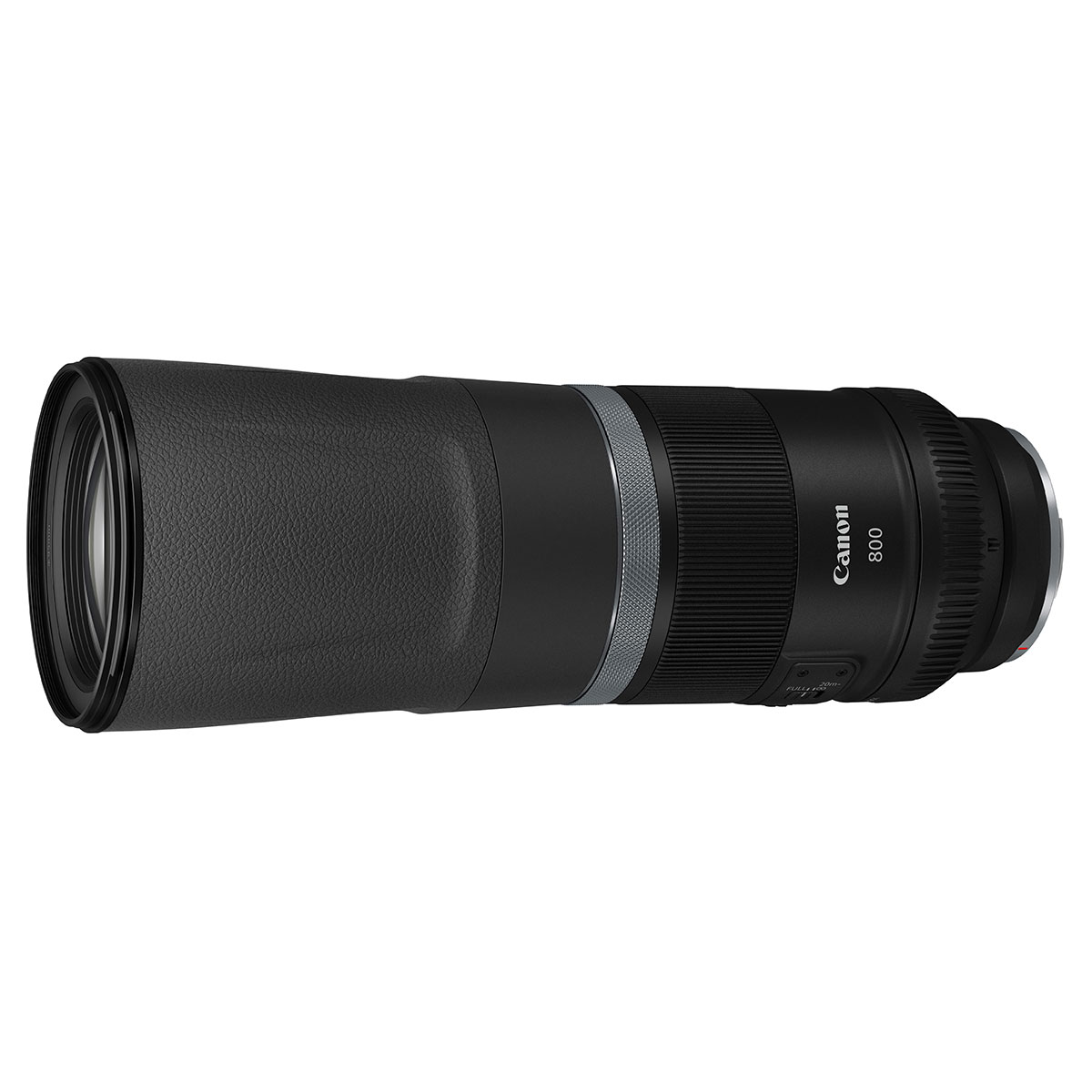 | Canon RF 800mm f/11 IS STM Pros: Low weight, very reasonable cost for an 800mm supertele, image quality more than dignified. Cons: Lampshade and bag not included and expensive, tripod attachment that needs dedicated plate. Opinion: I have been with this lens for a few weeks now, which I have been very hesitant to buy. I have to say that after the first tests I was very satisfied and I do not regret the purchase at all. I was looking for a lens that would give me extra mm, always precious for birdlife which is the kind I practice the most and the most portable. In fact, I have a 400mm f/4 DO II that I use at 90% of the time multiplied but I needed something longer in case of need and above all lighter. I use it on R6 body and occasionally on RP when I use two bodies at the same time. I also purchased the RF 1.4X Extender always in search of extra mm, although at that point you switch to maximum iris f/16. In good light conditions this lens returns images of excellent level and thanks to the stabilization (in the case of the R6 combined with that of the body) it lends itself very well for freehand photos. Autofocus is obviously not at the level of other L-series canvases and is penalized by being limited to the central area of the frame, but behaves with dignity. Of course for photos of birds on the fly it is not really ideal, moreover you also have to make a habit of the greater focal length (1120 mm with Extender !) which makes it more difficult to frame the subjects. But I think this is a talk of practice and training. I did comparative tests with the 400 DO, photographing eagles from about 50/60 meters (there is a photo in my gallery). I was quite surprised that at these distances from the subject and under certain light conditions, thanks to the fact that in PP you have to crop much less than 400 mm, the images made with 800 mm were slightly sharper. Certainly at different distances and in different light conditions, with the 400 DO there would be no struggle. The threaded tripod fixing hole does not allow the assembly of a standard bracket reliably and safely. I solved with the purchase of a dedicated bracket (equipped with an anti-rotation plug). I bought it here in the USA where I live, but I guess you can find something similar in Italy/Europe as well. https://www.ebay.com/itm/Canon-RF-800mm-with-QD-for-RRS-Kirk-Wimberley-Arca-Really-Right-Stuff/333798530761?ssPageName=STRK%3AMEBIDX%3AIT&_trksid=p2057872.m2749.l2649 In conclusion, a lens that I would recommend to those who need a supertele and do not want to faint, or want to combine it with a perhaps more prestigious lens as an alternative in certain situations where portables become a determining factor. sent on February 18, 2021 |
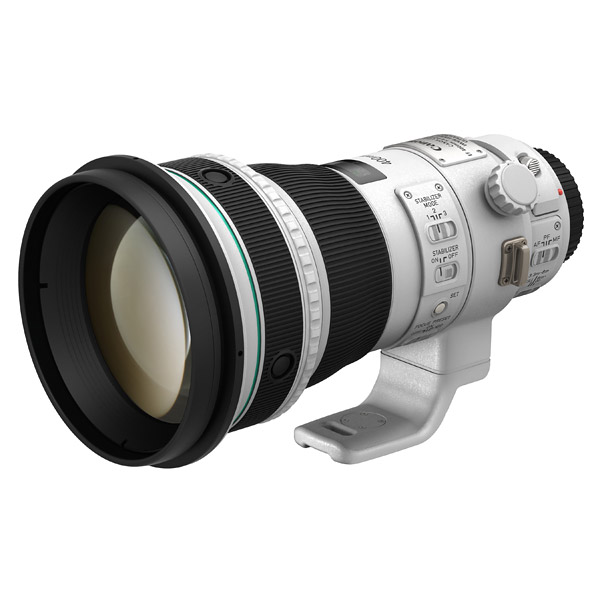 | Canon EF 400mm f/4 DO IS II Pros: Sharpness, portable compatibility with 1.4X and 2.0X SERIES III multipliers Cons: Price maybe, but compared to older siblings 400 f/4 and 600 f/4 much cheaper. Opinion: I have never written reviews of goals but in this case I feel obliged to do so given the level of satisfaction for this lens. I'm going to come from 400 f/5.6, so the jump in quality was expected, but I have to say it went beyond my expectations. It is light enough to be used freehand for hours without major problems, and is not particularly bulky during transport as long as you remove the lampshed. I was lucky enough to find a used copy, practically new getting a considerable saving compared to the new one. For the kind of photography I practice in 99 % of cases, this is a fantastic goal. Combined with the R6, it enhances the focus capabilities of this new mirrorless body, allowing you to focus more on the composition. I almost always use it with the 1.4 X III extender mounted and of course on the R6, always with the EF-RF adapter, without ever noticing any drop in autofocus performance. Maybe with small or very shy birds it is a short thread, but it always depends on where you photograph and for me it is such the advantage in terms of footprint and weight compared to the big brother 500mm f/4 (which I admit I have never tried) that compromise in my opinion makes a lot of sense. Another plus is the very effective image stabilizer, which combined with the IBIS of the R6 allows its use freehand in most cases. I find myself in the need to use the tripod more and more rarely and almost only when I mount the 2.0X III. sent on December 18, 2020 |
 JuzaPhoto contains affiliate links from Amazon and Ebay and JuzaPhoto earn a commission in case of purchase through affiliate links.
JuzaPhoto contains affiliate links from Amazon and Ebay and JuzaPhoto earn a commission in case of purchase through affiliate links.May Beauty Be Everywhere Around Me